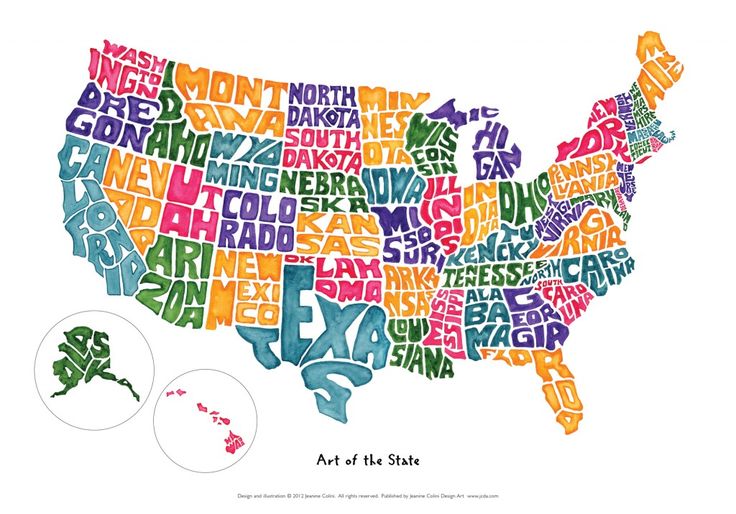The U.S. faces several barriers that make cross-border money transfers more difficult and expensive compared to other countries. These obstacles stem from a combination of regulatory, market, and technological factors:
1. Regulatory Fragmentation and Compliance Costs
The U.S. has a complex regulatory framework for money transfers, with multiple federal and state authorities overseeing transactions. For instance, the Financial Crimes Enforcement Network (FinCEN), under the U.S. Treasury Department, enforces anti-money laundering (AML) and counter-terrorism financing (CTF) regulations. Additionally, every state has its own licensing and regulatory requirements, which money transfer operators must navigate. This fragmented regulatory environment increases compliance costs, which are often passed down to consumers in the form of higher fees.
2. High Intermediary and Bank Fees
Traditional U.S. banks, which dominate the financial system, often charge hefty fees for cross-border transfers. These institutions rely on correspondent banking networks, which involve multiple intermediaries. Each intermediary adds a fee to the transfer, and currency conversion costs are often bundled with poor exchange rates. This system contrasts with regions like Europe, where Single Euro Payments Area (SEPA) enables cheaper and faster cross-border transfers within the EU.
3. Legacy Infrastructure
The U.S. financial system relies heavily on legacy payment infrastructure, such as the SWIFT network, which is slow and expensive for international transfers. Many other countries, particularly in Asia and Europe, have adopted modern real-time payment systems, making their cross-border payments faster and more efficient. For instance, countries like China and India have developed domestic real-time payment systems that allow seamless cross-border integration with partners.
4. Lack of Competition and Fintech Adoption
While fintech companies such as PayPal, Wise (formerly TransferWise), and Revolut have gained ground, they still face stiff competition from entrenched traditional banks in the U.S. These new players are often hindered by regulatory challenges and lack the same scale as incumbents, limiting their ability to lower costs. Other countries have been more proactive in fostering fintech innovation and competition, which has led to more affordable and accessible cross-border transfers.
5. Currency Dominance and Dollar’s Global Role
The U.S. dollar serves as the world’s primary reserve currency, and most international transactions are denominated in dollars. While this may seem advantageous, it also means that U.S. banks and money transfer operators are less incentivized to innovate or reduce costs. Because the dollar is widely used and trusted, consumers and businesses often accept the higher fees as a trade-off for using the currency.
6. Limited Use of Cryptocurrencies and Blockchain
Cryptocurrencies and blockchain technology offer the potential for cheaper and faster cross-border transfers by cutting out intermediaries. However, the U.S. has been cautious in adopting these technologies due to concerns over security, fraud, and regulation. Uncertainty about how cryptocurrencies should be regulated has made it difficult for crypto companies to operate smoothly in the U.S., limiting their role in cross-border money transfers.
7. Consumer Preferences and Habits
In many other countries, particularly developing economies, the demand for remittance services is high, as millions rely on money sent home by family members abroad. As a result, these countries have developed systems to make transfers cheaper and faster. In the U.S., where the need for remittances is relatively lower, consumer awareness and demand for more efficient transfer options have been slower to grow, reinforcing the dominance of traditional banks and payment systems.
8. Impact of High Transfer Fees on Low-Income Workers
U.S. fees for remittances, which many migrant workers rely on to send money back to their families, remain above the global average. This is a significant burden for low-income workers who send small amounts frequently. In contrast, regions like Sub-Saharan Africa and Southeast Asia have developed more competitive remittance markets due to high demand.
Conclusion
While cross-border transfers in the U.S. remain costly and slow, improvements are on the horizon with the rise of fintech and blockchain technology. However, regulatory reforms, greater competition, and the modernization of financial infrastructure will be needed to truly bring the U.S. in line with more efficient and affordable global money transfer systems.


















Leave a Reply